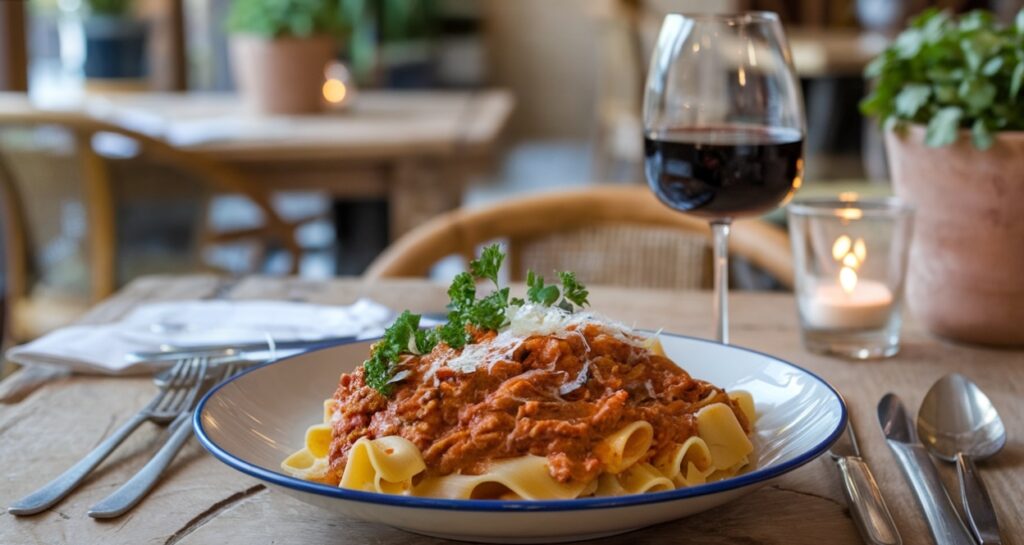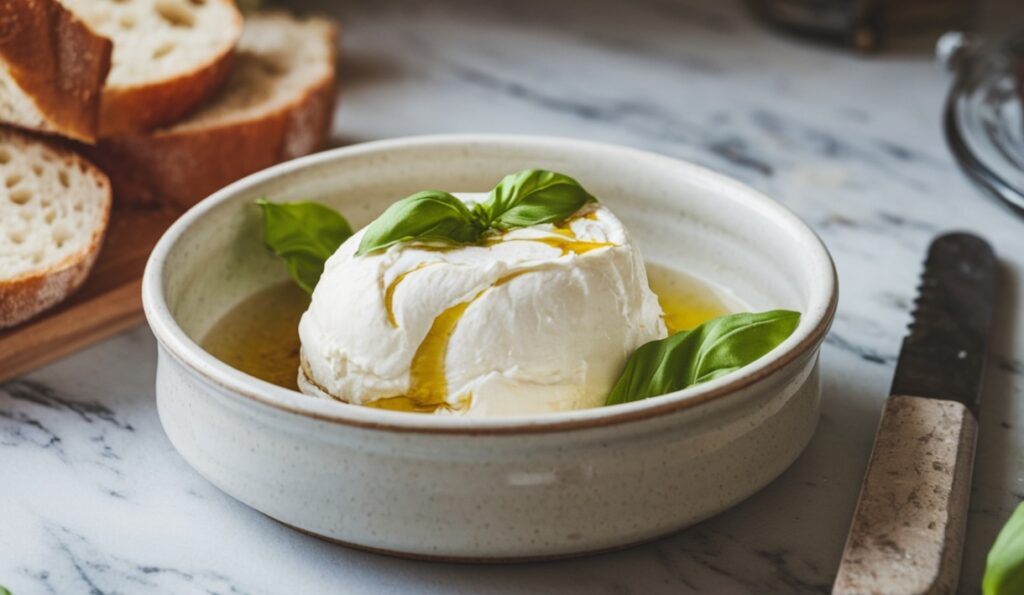Broccoli is one of those vegetables that people either absolutely adore or avoid at all costs. But love it or hate it, have you ever stopped to wonder: How old is broccoli? The answer is more fascinating than you might think. Let’s dive into the origins of broccoli and uncover its true age and legacy.
The Origins of Broccoli: Tracing Its Roots
Broccoli didn’t just pop into existence overnight. It’s been around for centuries, evolving through careful cultivation and natural processes. In fact, its history is deeply tied to the Mediterranean region, where its wild ancestors thrived. Did you know that broccoli is a nutritional powerhouse filled with vitamins and health benefits?
The History of Broccoli in Ancient Times
Way back in the Roman Empire, farmers began cultivating a wild cabbage plant. This wild ancestor of broccoli thrived along the cliffs of the Mediterranean coast. Want to explore more about the Mediterranean diet? Check out this guide to Mediterranean delicacies.
The Romans were pretty innovative when it came to agriculture. They selectively bred this wild cabbage, aiming for larger flower heads (the part we eat today). Broccoli became a staple in Roman diets, loved for its nutty flavor and versatility. Even the great Roman gastronome Apicius wrote about recipes using broccoli!
Broccoli’s Journey Through the Middle Ages
After the fall of Rome, broccoli became a cornerstone of Italian cuisine. During this time, it was cultivated carefully, much like the techniques used to perfect low-calorie pasta recipes, which are a modern Mediterranean twist.
Interestingly, broccoli wasn’t widely known outside Italy for centuries. It remained a closely guarded treasure of Italian kitchens, much like a secret family recipe passed down through generations.

The Modern Evolution of Broccoli
By the 18th century, broccoli gained international recognition. It was introduced to England and later to the United States by Italian immigrants. Over time, broccoli became as ubiquitous in healthy meals as healthy salad toppings are today.
Today, broccoli is grown worldwide and continues to evolve through modern agricultural techniques. It’s safe to say broccoli has aged gracefully, don’t you think?
“Broccoli’s journey is a testament to human ingenuity and nature’s resilience. From ancient Rome to modern-day kitchens, it’s a vegetable with a story worth savoring.”
Broccoli Varieties and Their Age-Old Traits
Broccoli isn’t just one thing. There are several varieties, each with its own quirks and characteristics. Let’s explore some of the most common types and how they reflect broccoli’s long history.
Common Varieties of Broccoli
When you think of this vegetable, the Calabrese variety likely comes to mind. Originating from Calabria, a region in southern Italy, it stands out as one of the most popular types. Recognizable by its thick stalks, full crowns, and bright green hue, it remains a favorite for many.
Another notable variety is sprouting broccoli. This type produces multiple smaller heads instead of one large crown. It’s often purple or green and is particularly popular in the UK.
Ancient Breeds Still in Cultivation Today
Did you know that some traditional broccoli varieties have been around for hundreds of years? For example, Romanesco broccoli, with its mesmerizing fractal patterns, has roots in the Renaissance period. It’s a living piece of history you can eat! a stunning vegetable with fractal-like patterns, shares a similar origin to green spaghetti recipes that incorporate vibrant greens.
Newer Hybrid Varieties of Broccoli
Modern farming has given rise to hybrids like broccolini, a blend of Chinese kale and the traditional plant. These innovative varieties demonstrate the progress made since the days of their wild ancestors. Engineered to grow quickly, offer a sweeter flavor, and maintain freshness longer, they benefit both growers and culinary enthusiasts alike.
How Broccoli Has Changed Over Centuries
While broccoli has ancient roots, it’s far from being stuck in the past. Over the centuries, it’s undergone significant changes—both in its physical form and in how we cultivate and consume it.
Cultivation Practices Then and Now
Modern broccoli farming has evolved significantly. Today’s cultivation techniques mirror advancements seen in healthy cooking guides, which make nutritious foods more accessible.
The Impact of Genetic Modifications on Broccoli
Genetic modification can seem intimidating, but it often brings significant benefits. Modern varieties of this vegetable have been selectively bred to withstand pests, adapt to diverse climates, and enhance nutritional value. It’s like equipping these plants with a superhero cape to help them flourish.
Broccoli in Popular Culture and Cuisine Over Time
Broccoli has gone from being a Roman delicacy to a global superstar. It’s celebrated in cuisines worldwide, from Italian pastas to Asian stir-fries. And who can forget its cameo in pop culture? From being vilified by picky eaters to being hailed as a superfood, broccoli’s reputation has certainly evolved.
“Broccoli is like the underdog that turned into a champion. It’s a testament to how a little persistence (and selective breeding) can create something truly remarkable.”
The Science Behind Broccoli’s Longevity
Broccoli’s staying power isn’t just about its history—it’s also rooted in science. Let’s take a closer look at what makes this vegetable so enduring.
Understanding Broccoli’s Lifespan in Nature
These plants are annuals, completing their lifecycle within a single growing season. However, their seeds can remain viable for years with proper storage. This durability has made them a popular choice among farmers and gardeners.
Factors That Affect Broccoli’s Growth and Preservation
Several factors influence how long broccoli can last, both in the ground and after harvest. Temperature, humidity, and handling methods all play a role. For instance, broccoli thrives in cool weather but wilts quickly in the heat. Proper storage—like refrigerating it immediately—can extend its shelf life significantly.
Common Problems Related to Broccoli Cultivation
Cultivating this crop comes with its fair share of challenges. Both farmers and gardeners encounter various obstacles during the growing process. Let’s dive into some of the most common issues and their solutions.
Pest Issues and Their Solutions
Pests are a broccoli farmer’s worst nightmare. Aphids, cabbage worms, and flea beetles are just a few of the critters that love broccoli as much as we do. These pests can damage the plant, making it less appealing and reducing its yield.
What’s the solution? Many farmers rely on natural predators like ladybugs to manage aphid infestations. Others opt for organic pesticides or practice crop rotation to minimize pest problems. For home gardeners, a mix of water and dish soap can effectively remove unwanted insects from plants.
Environmental Challenges in Growing Broccoli
This vegetable can be quite finicky about weather conditions. It thrives in cool temperatures, ideally between 60°F and 70°F. Excessive heat may cause it to bolt, leading to early flowering and a bitter taste in the harvest.
To address this issue, growers typically plant during cooler seasons or use shade cloths to shield crops from intense sunlight. Proper irrigation is also essential to provide sufficient water without risking over-saturation.
Tips for Healthy Broccoli Cultivation
If you’re cultivating this crop at home, begin by selecting a variety suited to your local climate. Plant it in nutrient-rich soil and maintain consistent watering. Watch for pests, and address any signs of infestation promptly. With some care and effort, you’ll enjoy a harvest of fresh, delicious vegetables.
“Cultivating broccoli is a labor of love, but the reward—a vibrant, healthy crop—is worth every bit of effort.”
How to Store Broccoli to Maximize Its Shelf Life
Storing broccoli properly ensures it remains fresh and nutritious. For more tips on preserving fresh ingredients, check out this ultimate guide to meal prep.
Best Practices for Fresh Storage
To keep it fresh, store this vegetable in the refrigerator. Wrap it loosely in a damp paper towel and place it in the crisper drawer. Avoid using an airtight bag, as proper airflow is essential for maintaining freshness.
Freezing and Preservation Methods
If you have more than you can consume, freezing is a great way to preserve it. Begin by blanching the florets in boiling water for 2-3 minutes, then immediately transfer them to an ice bath to halt the cooking. Once cooled, dry thoroughly, pack into freezer-safe bags, and store in the freezer. When done properly, frozen vegetables can remain good for up to a year.

Frequently Asked Questions About Broccoli’s Age
This vegetable often raises questions, particularly about its lifespan, cultivation, and storage. Here are answers to some of the most frequently asked queries.
How Long Does Broccoli Stay Fresh After Harvest?
When stored correctly in the refrigerator, this vegetable stays fresh for about 3-5 days. Signs of yellowing or wilting indicate it’s time to use it or throw it away. For longer preservation, freezing can keep it good for up to a year.
What Is the Best Time to Consume This Vegetable?
The ideal time to enjoy this vegetable is shortly after it’s harvested. As it ages, its nutritional value gradually diminishes. Consuming it within a few days ensures peak flavor and maximum health benefits.
Can Broccoli Seeds Go Bad Over Time?
Yes, the seeds have a limited shelf life. When kept in a cool, dry environment, they can stay viable for up to 5 years. However, their germination rates tend to decline over time.
Is Broccoli Man-Made or Natural?
This vegetable is a product of human cultivation, developed through selective breeding from wild cabbage (Brassica oleracea). Over centuries, dedicated agricultural efforts shaped it into the form we recognize and enjoy today.
Is Broccoli Good for Skin?
Yes! This vegetable is rich in essential nutrients like vitamin C and antioxidants, which are excellent for skin health. These compounds help fight free radicals, support collagen production, and preserve skin elasticity.
Is Broccoli a Fruit or Root?
Neither! It’s categorized as a vegetable and, more specifically, a flowering plant. The edible portion is the flower head, harvested before it fully blooms.
Conclusion
Broccoli is more than just a vegetable—it’s a testament to human ingenuity and nature’s resilience. From its ancient Mediterranean roots to its role in modern healthy diets, broccoli continues to stand the test of time. Next time you bite into a crunchy stalk, you’re tasting a legacy thousands of years in the making.🌱





























